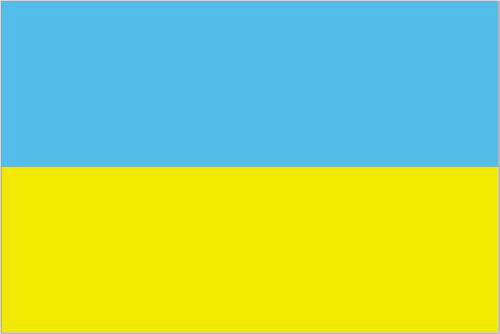
After Russia, the Ukrainian republic was the most important economic component of the former Soviet Union, producing about four times the output of the next-ranking republic. Its fertile black soil generated more than one-fourth of Soviet agricultural output, and its farms provided substantial quantities of meat, milk, grain, and vegetables to other republics. Likewise, its diversified heavy industry supplied the unique equipment (for example, large diameter pipes) and raw materials to industrial and mining sites (vertical drilling apparatus) in other regions of the former USSR. Shortly after independence in August 1991, the Ukrainian Government liberalized most prices and erected a legal framework for privatization, but widespread resistance to reform within the government and the legislature soon stalled reform efforts and led to some backtracking. Output by 1999 had fallen to less than 40% of the 1991 level. Ukraine's dependence on Russia for energy supplies and the lack of significant structural reform have made the Ukrainian economy vulnerable to external shocks. Ukraine depends on imports to meet about three-fourths of its annual oil and natural gas requirements and 100% of its nuclear fuel needs. After a two-week dispute that saw gas supplies cutoff to Europe, Ukraine agreed to 10-year gas supply and transit contracts with Russia in January 2009 that brought gas prices to "world" levels. The strict terms of the contracts have further hobbled Ukraine's cash-strapped state gas company, Naftohaz. Outside institutions - particularly the IMF - have encouraged Ukraine to quicken the pace and scope of reforms to foster economic growth. Ukrainian Government officials eliminated most tax and customs privileges in a March 2005 budget law, bringing more economic activity out of Ukraine's large shadow economy, but more improvements are needed, including fighting corruption, developing capital markets, and improving the legislative framework. Ukraine's economy was buoyant despite political turmoil between the prime minister and president until mid-2008. The economy contracted nearly 15% in 2009, among the worst economic performances in the world. In April 2010, Ukraine negotiated a price discount on Russian gas imports in exchange for extending Russia's lease on its naval base in Crimea. Movement toward an Association Agreement with the European Union, which would commit Ukraine to economic and financial reforms in exchange for preferential access to EU markets, was curtailed by the November 2013 decision of President YANUKOVYCH against signing this treaty. In response, on 17 December 2013 President YANUKOVYCH and President PUTIN concluded a financial assistance package containing $15 billion in loans and lower gas prices. However, the end of the YANUKOVYCH government in February 2014 caused Russia to halt further funding. With the formation of an interim government in late February 2014, the international community began efforts to stabilize the Ukrainian economy, including a 27 March 2014 IMF assistance package of $14-18 billion.
$337.4 billion (2013 est.)
country comparison to the world: 42
$336.1 billion (2012 est.)
$335.6 billion (2011 est.)
0.4% (2013 est.)
country comparison to the world: 189
0.2% (2012 est.)
5.2% (2011 est.)
$7,400 (2013 est.)
country comparison to the world: 139
$7,400 (2012 est.)
$7,400 (2011 est.)
agriculture: 9.9%
industry: 29.6%
services: 60.5% (2013 est.)
24.1% (2010)
0.7% (2013 est.)
country comparison to the world: 16
0.6% (2012 est.)
22.17 million (2013 est.)
country comparison to the world: 30
agriculture: 5.6%
industry: 26%
services: 68.4% (2012)
8% (2013 est.)
country comparison to the world: 88 7.5% (2012 est.)
note: officially registered; large number of unregistered or underemployed workers
coal, electric power, ferrous and nonferrous metals, machinery and transport equipment, chemicals, food processing
-5% (2013 est.)
country comparison to the world: 190